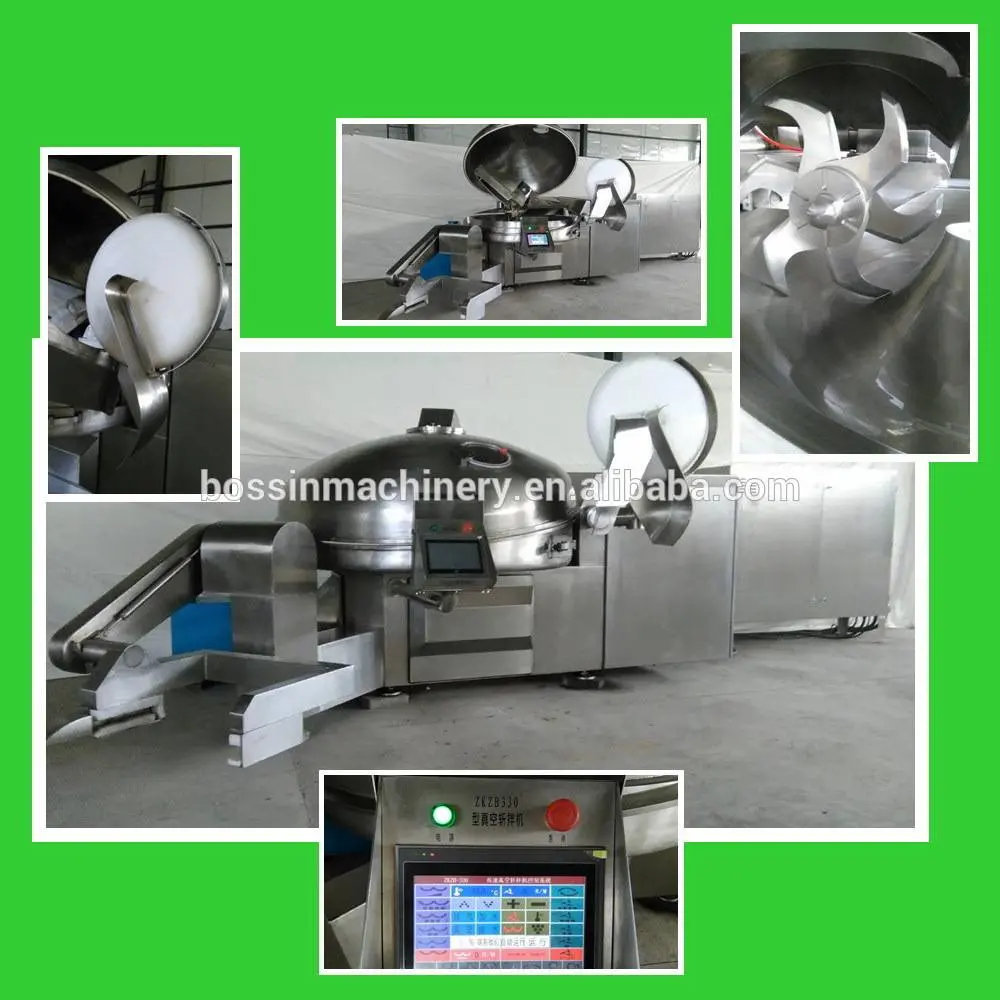
اکتبر . 19, 2024 05:18 Back to list
hamburger patty maker factories
The Evolution of Hamburger Patty Maker Factories
In the world of food production, few items have become as iconic and beloved as the hamburger. At the heart of this culinary staple is the hamburger patty, a simple yet profoundly satisfying component. The production of hamburger patties has evolved dramatically over the years, transitioning from hand-formed creations to mass-produced marvels crafted by specialized factories. This article explores the journey of hamburger patty maker factories, highlighting their innovations, production processes, and impact on the food industry.
The Origins of Hamburger Patties
The hamburger itself dates back to the late 19th century, with roots traced to Hamburg, Germany. However, it wasn’t until the early 20th century that the concept of the hamburger patty began to take shape in the United States. As the demand for convenience and fast food increased, so did the need for efficient production techniques. This led to the establishment of hamburger patty maker factories that aimed to revolutionize how patties were manufactured.
The Rise of Automation
In the mid-20th century, technological advancements brought automation into the food industry, fundamentally changing the production of hamburger patties. Factories began utilizing specialized machinery that could produce patties at an unprecedented scale and speed. This shift allowed for greater consistency in size, weight, and thickness, ensuring that each patty met specific standards.
Modern hamburger patty makers are equipped with cutting-edge machinery that can grind meat, form patties, and package them all in one streamlined process. Continuous flow production lines enable factories to produce thousands of patties per hour, catering to the increasing demand from restaurants, supermarkets, and fast-food chains. Automation not only enhances efficiency but also reduces labor costs, making it feasible for companies to offer competitive pricing.
Quality Control and Food Safety
As the scale of production grew, so did the need for stringent quality control measures. Hamburger patty maker factories now implement advanced food safety protocols to ensure that each patty is safe for consumption. These measures include testing for pathogens, monitoring temperature controls, and adhering to sanitation standards.
hamburger patty maker factories

One critical aspect of quality control is the source of ingredients. Many factories prioritize sourcing high-quality meat from trusted suppliers. Some have even embraced grass-fed cattle and organic practices to appeal to health-conscious consumers. Transparency in sourcing has become increasingly important, and consumers are now more aware of the quality of the meat they are consuming.
Environmental Considerations
With the rise of hamburger patty maker factories, the environmental impact of meat production has come under scrutiny. Industrialized farming and large-scale operations contribute to greenhouse gas emissions, deforestation, and water usage. In response, some factories are exploring more sustainable practices, such as reducing water consumption, minimizing waste, and utilizing eco-friendly packaging.
Additionally, there is a growing trend toward plant-based patties, driven by consumer demand for healthier and environmentally friendly options. Many hamburger patty makers have diversified their offerings to include vegetarian and vegan patties made from ingredients like beans, lentils, and quinoa. This shift not only meets changing consumer preferences but also helps reduce the ecological footprint associated with meat production.
The Future of Hamburger Patty Maker Factories
As we look toward the future, hamburger patty maker factories are poised to undergo further transformation. Advances in food technology, including lab-grown meat and 3D food printing, may redefine what a hamburger patty can be. These innovations promise to address some of the ethical and environmental challenges associated with traditional meat production.
Furthermore, the rise of direct-to-consumer sales and online grocery shopping necessitates a reevaluation of distribution methods. Hamburger patty makers are increasingly looking at ways to connect with consumers directly, leveraging e-commerce platforms to offer fresh products delivered to homes.
Conclusion
The evolution of hamburger patty maker factories reflects broader changes in the food industry. From humble beginnings to sophisticated production facilities, these factories have adapted to meet consumer demands while addressing quality, safety, and sustainability issues. As the industry continues to evolve, one thing is certain the hamburger patty will remain a staple in our diet, and the factories that produce them will keep innovating to ensure they meet the needs of a dynamic market. Whether through traditional meat patties or the next generation of plant-based options, the future looks promising for this beloved culinary icon.
Latest news
-
Pneumatic Clipping Machine- Shijiazhuang Bossin Machinery|Sausage Production Line, Food Processing Machinery
NewsAug.05,2025
-
Pneumatic Clipping Machine-Shijiazhuang Bossin Machinery|Precision, Efficiency, Durability
NewsAug.05,2025
-
Pneumatic Clipping Machine-Shijiazhuang Bossin Machinery|Precision Sausage Production&Efficient Clipping Technology
NewsAug.05,2025
-
Pneumatic Clipping Machine: Sausage Production Efficiency & Advanced Tech | Shijiazhuang Bossin Machinery Equipment Co., Ltd.
NewsAug.05,2025
-
Servo Motor Sausage Cutter Spare Parts | Precision Components
NewsAug.05,2025
-
Premounted Side Disc for Efficient Operation - AI-Enhanced
NewsAug.04,2025